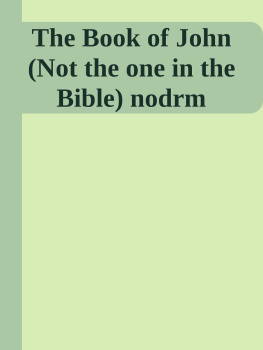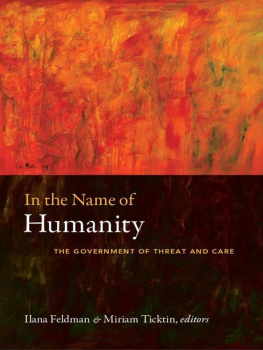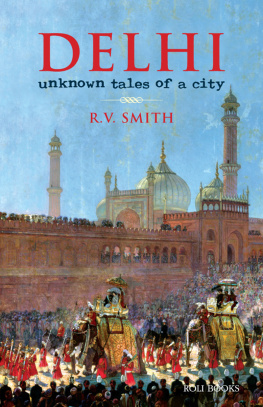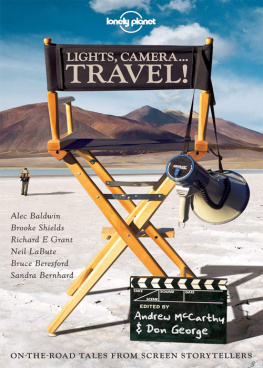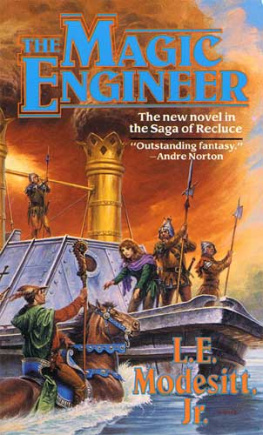L0 Introduction
Civil Engineering? Is that a good job for a nice boy, or girl ? The answer depends on who you ask. If you had asked my father he would have said certainly, his mother may have preferred him to be a doctor, lawyer or accountant. If you asked him he would tell you it has been a fantastic career involving a lot of international travel with projects in the UK and many overseas countries. All around the world there are ethnic conflicts frequently based on religion. Is there any significance whether you are Christian, Sikh, Muslim, Jewish or Atheist when you are travelling as an engineer? None what so ever when you are making a positive contribution to the well being of the country, you are welcomed everywhere. Although Atheists and Bahais may not be so popular in Iran nor some other Muslim countries if they advertise the fact.
This publication is intended to be of general interest, especially for sixth formers and their parents who may be considering a career in civil engineering. It forms part of a larger volume containing chapters on the family and the life of me and my wife Gillian written for our grandchildren. This is to make up for the questions we never had the opportunity to ask our grandparents and will be published separately in a limited edition.
The first chapter of this publication, entitled Secrets from an Engineers Diary covers my career from student to partner and then as an independent consultant, including both my active career in the UK and overseas, and periods of boredom when I had time to write a daily diary. I had many assignments in the U.K. and overseas, the latter of which were probably the most enjoyable. Details of some of the more interesting overseas assignments are set out in eight essays under separate chapters (L2 to L9). In addition a section is dedicated to the period 1974 -78 when the whole family moved to and lived in Iran; L10, Iran Part I Magnificent overseas family posting, and the period 1978/ 79 when my wife and I had the experience of L11, Iran Part II living in Tehran over the revolution. Both chapters L10 and L11 give some historical and cultural background information on Persia (Iran) rather than project references which are included in
Chapter L4 Success in Iran.
The section on overseas assignments includes an essay on: Libya 8: England 1, Chapter 2. It is about a football match, but also outlines a project in Northern
Libya at Al Beida, where I carried out a survey and designed infrastructure (roads and drainage) in between buildings, sheep, goats and camels. L3 Bachelors Life in Ghana says a little about the country and life of a young bachelor and not a lot about supervising the construction of Tema Harbour and Dockyard. I did meet and have a few words with Harrold Macmillen, then Prime Minister of the UK, who visited the harbour in 1960 during a period of time when a lot of world leaders came to Ghana but not particularly to look at harbours.
Success in Iran, Chapter L4, summarises the high status of engineers in the country and the many projects that our local company successfully completed. These included:
The Tehran Noise Study to establish the existing noise levels and the
publics attitude to noise.
Ardebil Housing Project located near the Russian border (now Azerbaijan)
when Hosik Paridjanian, an American architect, and I, drove some 600 km for a site visit and meeting.
Ports and Harbours where our company had a separate team of expatriate experts based in the ministry of Ports and Harbours offices, providing advice and designs for a wide range of projects.
Keeping the Caspian Clean investigation and design for a series of sewage
treatment plants for the towns along the Iranian Caspian Coast.
Improved irrigation for collective farms, where our company study team looked at three large farms and I had the fortune and opportunity to visit the farm located a thousand kilometres to the southwest of Tehran at Bampur. This contained some surprises for the team, not just the long journey.
Infrastructure for several large townships, that included roads, water supply,
surface water drainage and sewerage.
The remote design for the Holy City of Makkah (79 81) Chapter L5, describes a very large dual water supply and sewage collection and treatment project designed
for the Al-Aziziyyah district of the Holy City. The chapter provides details of the project and instead of getting some of our firms engineers to convert to Islam which is understood to be not too difficult, a young Muslim engineer was employed to act as the eyes and ears and collect all the data. He, of course, was overjoyed to work in the Holy City.
Then in 2003, 25 years after the political troubles made the firm leave Iran, Louis was invited to return to Tehran as an independent consultant, to prepare proposals for a World Bank monitoring project in the city.
Overwhelmed by Natural Hazards, Chapter L6, describes a project for the United Nations International Decade for Natural Disaster Reduction (IDNDR) to reduce vulnerability of large urban areas to the effects of natural hazards, a study for which I was the project leader, on behalf of the Institution of Civil Engineers. This involved visiting the three chosen sample megacities (cities with populations of over 8 million) of Karachi in Pakistan, Jakarta in Indonesia and Metro Manila in the Philippines. All of these cities regularly suffer the effects of vast natural hazards, many of which cause disasters. For this very important subject, the liberty has been taken to give the reader one of two short lectures which is hopefully in an interesting way, of the characteristics of natural hazards such as earthquakes, volcanoes, floods, hurricanes, landslides and tsunami, how they can be resisted and their effects can be reduced.
Very Trying in Hungary, Chapter L7, is another essay where a liberty has been taken to include a lecture to the reader and no apology is made as the environment needs all the help it can get. Unfortunately, while there were many good people in the Hungarian ministries, the project, despite being gifted from the Dutch Government, did not progress smoothly. This was because there was no real commitment from the Hungarian authorities, which explains the title of this essay Very Trying in Hungary. The project itself was nevertheless interesting and constructive and left the Hungarians with a framework for future projects.







